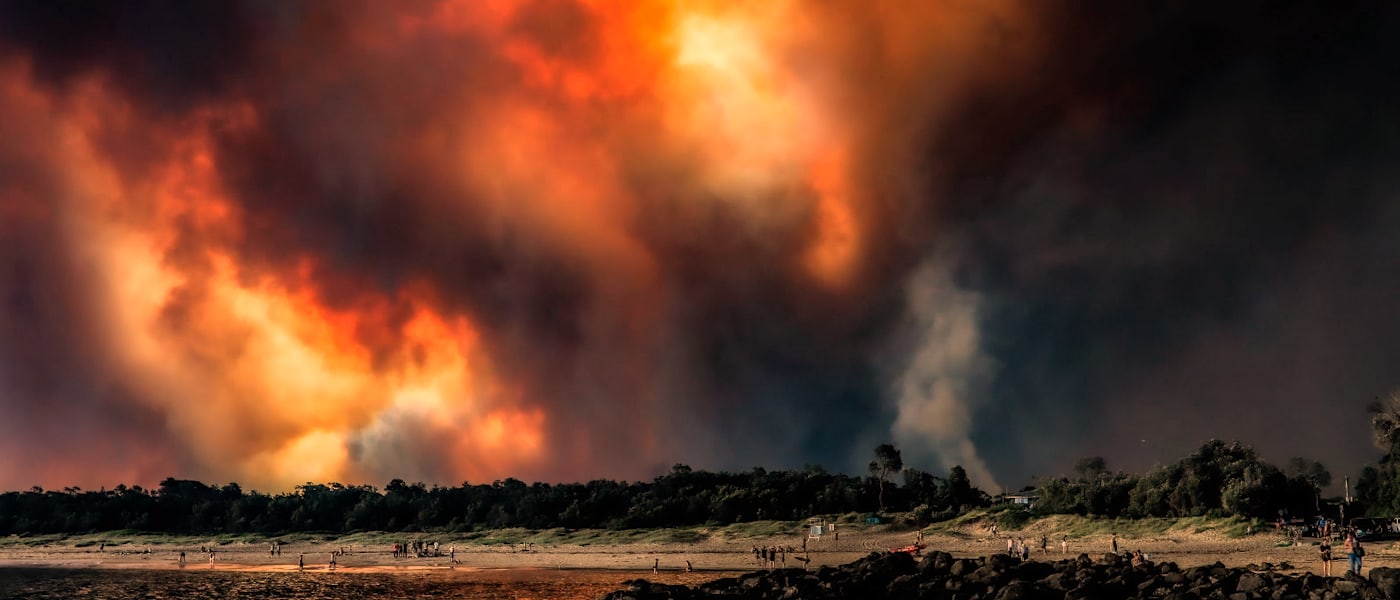Ensuring Bush Fire Defense Via Appropriate BAL Report Analysis
In the world of bush fire protection, the precise analysis of Bushfire Assault Level (BAL) records stands as a keystone for protecting buildings versus the devastating influence of wildfires. With ecological variables and residential property features playing significant roles in determining the degree of threat, a complete understanding of BAL rankings comes to be necessary.
Comprehending Bushfire Strike Level (BAL)
In the realm of bushfire defense, understanding the Bushfire Attack Level (BAL) is vital for making certain effective mitigation approaches. BAL is a system used to determine the prospective threat a structure might encounter from a bushfire. It considers elements such as the type of plant life, the slope of the land, the Fire Danger Index, and the Fire Seriousness Index. Comprehending the BAL score of a building is crucial for home contractors, policymakers, and owners to apply proper measures to safeguard versus bushfire hazards.

Importance of BAL Report Evaluation
A necessary facet in bushfire security planning involves the extensive analysis of BAL reports to analyze the potential threats and establish proper mitigation techniques. BAL records give vital info about the potential impact of bushfires on a residential or commercial property based on numerous elements such as vegetation kind, distance to potential fire threats, and incline of the land. Evaluating these records with precision is extremely important in establishing effective bushfire defense steps customized to the certain risk account of a home.
Implementing Fire Defense Procedures
Implementing efficient fire security actions is crucial for protecting residential properties in bushfire-prone locations. This entails clearing flammable vegetation, such as completely dry leaves and branches, within a specific distance of the building.
Additionally, having a adequate and well-kept water supply, such as a storage tank or pool, can help firefighters in their efforts to protect the residential property. BAL Report. In general, applying a combination of these fire security measures can dramatically enhance the opportunities of protecting buildings during bushfire occasions.
Mitigating Threats in Fire-Prone Areas
To strengthen properties against bushfire dangers, a calculated emphasis on mitigating dangers in fire-prone areas is vital. One important element of risk mitigation is keeping defensible room around buildings by getting rid of combustible greenery, guaranteeing adequate spacing in between structures and trees, and employing fireproof landscape design methods.
Additionally, constructing or retrofitting structures with fireproof materials and ensuring correct maintenance of roofs, seamless find here gutters, and outside cladding can considerably enhance the property's durability to bushfires. Exercising a bushfire and establishing emergency situation strategy with all occupants, consisting of emptying treatments and communication strategies, is likewise crucial in mitigating dangers effectively. By embracing a proactive technique to risk reduction in fire-prone areas, homeowner can much better protect their possessions and enhance general bushfire preparedness.
Ensuring Residential Property Safety and Durability
Making certain the safety and security and strength of residential or commercial properties in fire-prone areas requires a steadfast commitment to robust preventative actions and critical preparation. Building safety and security starts with carrying out pop over to this site efficient steps to decrease fire risks.
Resilience, on the other hand, entails the capability of a residential property to recover and withstand from a bushfire. This can be boosted with the setup of ember guards on vents and home windows, guaranteeing that entry factors for ashes are reduced. Additionally, having a well-balanced emptying plan and exercising it on a regular basis can considerably increase building resilience. Teaming up with next-door neighbors and local fire authorities can additionally reinforce the safety and durability of homes in fire-prone locations. By proactively resolving these elements, home proprietors Click This Link can better shield their possessions and enjoyed ones from the risk of bushfires.
Final Thought
In verdict, guaranteeing bushfire security via proper BAL report evaluation is crucial for comprehending the degree of threat posed by bushfires and executing needed fire defense measures. By mitigating risks in fire-prone locations and making certain residential or commercial property security and strength, communities and individuals can better get ready for and reply to bushfire occasions. It is imperative to prioritize fire safety steps to safeguard lives and residential property in these risky settings.
In the world of bush fire defense, the thorough evaluation of Bushfire Strike Degree (BAL) records stands as a foundation for securing buildings versus the devastating impact of wildfires (BAL Report). Understanding the BAL ranking of a property is crucial for property policymakers, building contractors, and proprietors to carry out appropriate measures to safeguard versus bushfire hazards

BAL records provide crucial info regarding the prospective influence of bushfires on a property based on various elements such as greenery type, distance to prospective fire dangers, and incline of the land (BAL Report). Generally, applying a mix of these fire defense steps can substantially boost the possibilities of securing residential properties throughout bushfire occasions